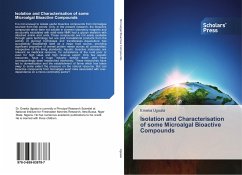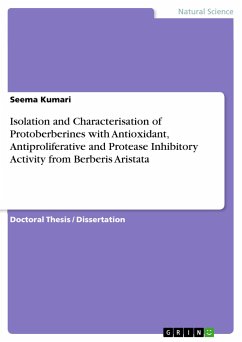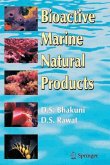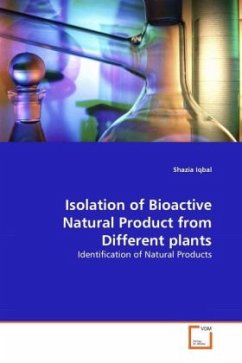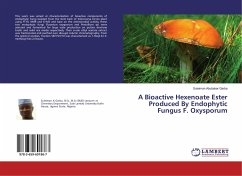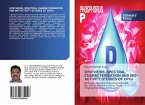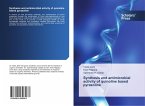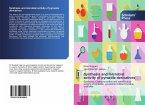It is not unusual to isolate useful bioactive compounds from microalgae sourced from fish ponds. Only, in the present research, the bioactive compounds which were not soluble in common laboratory reagents and structurally elucidated with solid-state NMR had a glycan skeleton with attached amino acid units. These compounds are not easily available through gene technology but are post translational products from the activity of glycosyl hydrolases and transferases. Aquaculture has successfully established itself as a major food source, providing significant proportion of animal protein needs across all communities, irrespective of the living standards. Aquatic bioactive molecules are relevant as medicinal resource, for subsistence of the rural poor or even for high value and high revenue export. Only few aquatic resources, have a huge industry behind them, and have correspondingly been researched intensively. These researches have led to domestication and the establishment of farmswhich has taken away to some extent the pressure on the natural resource. But can bioactive compounds from microalgae avert risks associated with over-dependence on a mono-commodity sector?
Bitte wählen Sie Ihr Anliegen aus.
Rechnungen
Retourenschein anfordern
Bestellstatus
Storno

